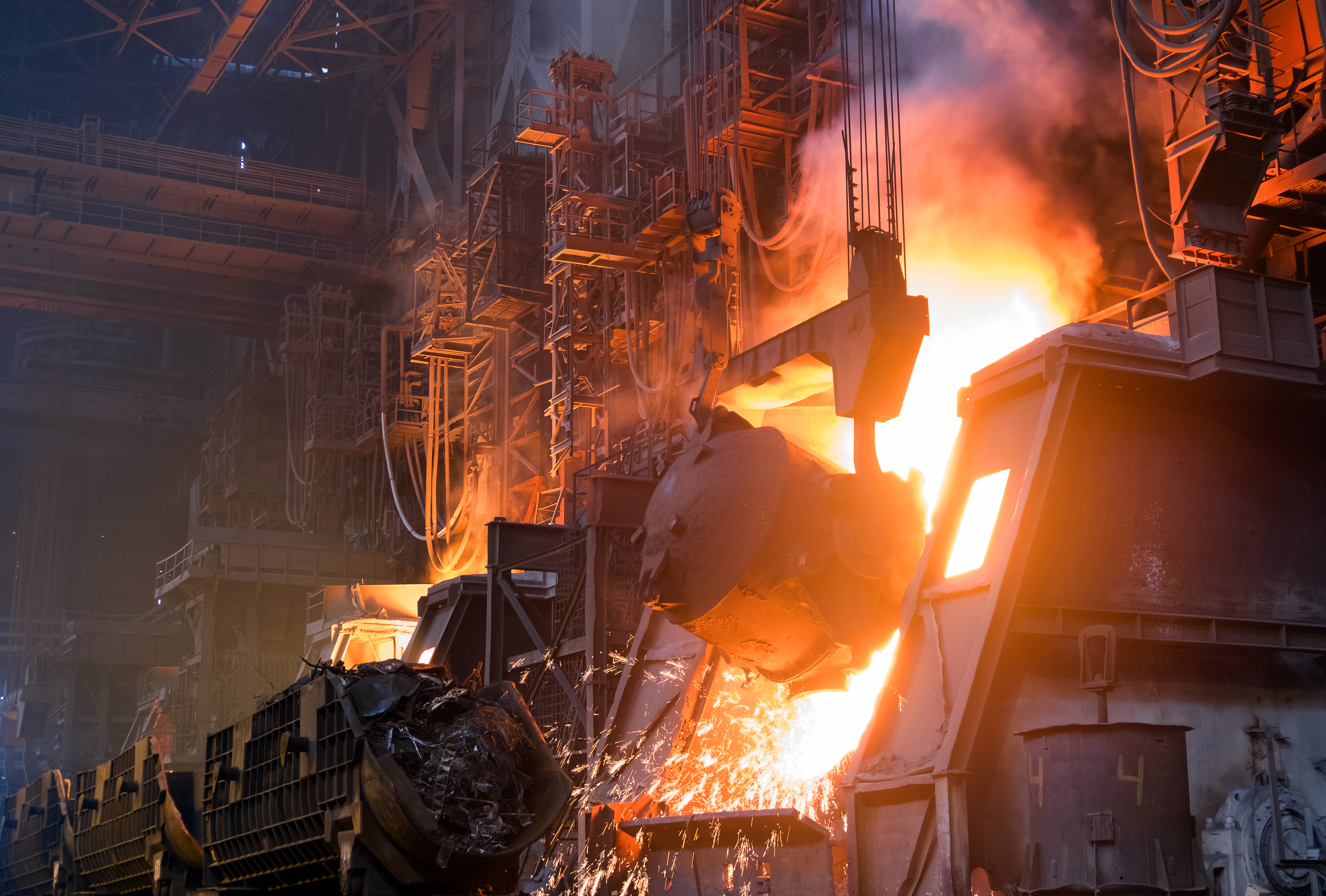Revolutionizing Sample Transport in Modern Metallurgical Facilities
The landscape of metallurgical testing and analysis has evolved dramatically over the past decades. Modern metallurgical laboratories face increasing pressure to deliver accurate results while maintaining rapid turnaround times. The integration of pneumatic tube systems has emerged as a game-changing solution, transforming how samples move through these sophisticated testing environments. These systems have become the backbone of efficient laboratory operations, enabling seamless transport of materials between different testing stations and analytical areas.
The demands placed on metallurgical facilities continue to grow as industries require faster, more precise analysis of materials. Traditional manual transport methods often created bottlenecks in the testing process, leading to delays and increased potential for human error. The implementation of pneumatic tube systems has addressed these challenges head-on, offering a reliable, efficient, and contamination-free method of sample delivery.
Advanced Transport Solutions in Laboratory Settings
System Components and Integration
Modern metallurgical laboratories utilize sophisticated pneumatic tube systems comprised of several key components. The network of tubes, typically constructed from durable materials resistant to wear and corrosion, forms the primary infrastructure. Strategic placement of sending and receiving stations throughout the facility enables efficient sample routing. Advanced control systems manage traffic flow, ensuring samples reach their intended destinations quickly and safely.
The integration process requires careful planning to maximize efficiency while maintaining the integrity of metallurgical testing procedures. System designers work closely with laboratory managers to identify optimal station locations, considering factors such as sample volume, testing sequences, and facility layout. This collaborative approach ensures the pneumatic tube system enhances rather than disrupts existing workflows.
Operational Benefits and Performance Metrics
The implementation of pneumatic tube systems in metallurgical laboratories has demonstrated significant improvements in operational efficiency. Sample transport times have been reduced from minutes to seconds, allowing for faster test initiation and result generation. This enhanced speed directly translates to increased laboratory throughput and improved client satisfaction.
Performance metrics consistently show that automated sample transport reduces the risk of cross-contamination and sample mix-ups. The system's tracking capabilities provide real-time monitoring of sample movement, ensuring accountability and maintaining chain of custody requirements essential in metallurgical testing environments.
Impact on Quality Control and Testing Procedures
Enhanced Sample Integrity
Quality control in metallurgical analysis demands meticulous attention to sample handling and preservation. Pneumatic tube systems offer controlled environments for sample transport, protecting materials from external contamination and environmental factors. The sealed carriers maintain sample integrity throughout the transport process, ensuring accurate test results and reliable analysis.
The automated nature of these systems reduces human contact with samples, minimizing the risk of contamination or tampering. This is particularly crucial in metallurgical testing, where even minor contamination can significantly impact analysis results and material characterization accuracy.
Workflow Optimization and Standardization
The implementation of pneumatic tube systems has led to standardized handling procedures across metallurgical laboratories. Automated transport protocols ensure consistent sample handling, reducing variability in testing procedures. This standardization has proven invaluable in maintaining quality control standards and achieving laboratory accreditation requirements.
Laboratory technicians can focus on core analytical tasks rather than sample transportation, leading to improved concentration and reduced fatigue. The resulting increase in testing accuracy and efficiency has made pneumatic tube systems an indispensable tool in modern metallurgical facilities.
Future Developments and Industry Trends
Smart Integration and Industry 4.0
The future of metallurgical laboratory operations points toward increased integration of smart technologies with pneumatic tube systems. Industry 4.0 principles are being applied to create intelligent transport networks that can adapt to changing laboratory needs and workload patterns. Advanced sensors and monitoring systems provide real-time data on system performance and sample movement.
Artificial intelligence and machine learning algorithms are being developed to optimize sample routing and predict maintenance needs. These technological advancements ensure metallurgical laboratories remain at the forefront of efficiency and innovation in materials testing and analysis.
Sustainability and Energy Efficiency
Modern pneumatic tube systems are being designed with a focus on sustainability and energy efficiency. New technologies reduce power consumption while maintaining optimal performance levels. The development of energy-recuperating systems and smart power management continues to lower the environmental impact of laboratory operations.
These advancements align with the growing emphasis on sustainable laboratory practices in the metallurgical industry. Facilities are increasingly adopting green technologies while maintaining the high standards required for accurate materials testing and analysis.
Frequently Asked Questions
How do pneumatic tube systems maintain sample integrity during transport?
Pneumatic tube systems utilize specially designed carriers with secure seals and cushioning to protect metallurgical samples during transport. The systems maintain controlled environments and minimize physical shock, ensuring samples arrive at testing stations in their original condition. Advanced tracking systems monitor environmental conditions throughout the transport process.
What maintenance is required for pneumatic tube systems in metallurgical labs?
Regular maintenance includes inspection of tube networks, cleaning of carriers, calibration of control systems, and verification of seal integrity. Preventive maintenance schedules are typically implemented to ensure system reliability and optimal performance. Modern systems often include self-diagnostic capabilities to identify potential issues before they affect operations.
Can pneumatic tube systems handle various types of metallurgical samples?
Modern pneumatic tube systems are designed to accommodate a wide range of metallurgical samples, from small specimens to larger material samples. Specialized carriers can be configured for different sample types, sizes, and environmental requirements. The systems can be customized to handle specific laboratory needs while maintaining sample integrity and safety protocols.




